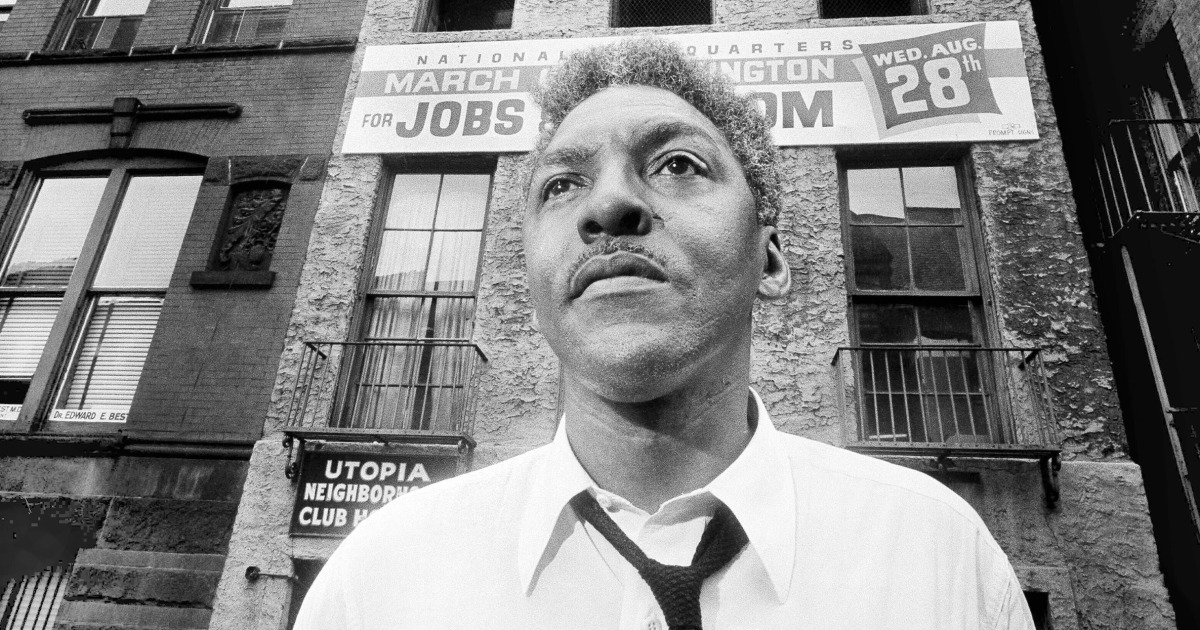
Long held as a prime example of late 18th century romantic male friendship in literature, in recent decades “Joseph and His Friend” has been reinterpreted by some LGBTQ writers and scholars as America’s first gay novel.
“Even post-Stonewall there was a hesitation to say ‘Joseph and His Friend’ was a homosexual novel, let alone America’s first,” observed author L.A. Fields in her 2017 book, ‘The Annotated Joseph and His Friend: The Story of America’s First Gay Novel.’ “But it is still the strongest candidate.”
Fields told NBC News that any earlier books with “glimmers of masculine fixation” were either not American, like James Hogg’s anonymously published “The Private Memoirs and Confessions of a Justified Sinner” from Scotland in 1824, or not explicit enough to qualify as a gay novel, like 1799’s “Edgar Huntly, Or, Memoirs of a Sleepwalker” by Charles Brockden Brown.
The latter, like Taylor’s “Joseph and His Friend,” is set in rural Pennsylvania, but its obsessive male fixation revolves around the main character’s murdered friend — “not someone living whom he dreams of running away with and kisses, a startling scene which does take place in ‘Joseph,’” Fields said.
Like many scholars, Fields said she believes Taylor based “Joseph and His Friend” on the real-life relationship between early 19th century poet Fitz-Greene Halleck — sometimes called “the American Byron,” and whose statue graces the Literary Walk in New York’s Central Park — and his beloved friend Joseph Drake.
“For someone like Bayard Taylor who admired Halleck from a young age both personally and professionally as a writer, it seems like a very obvious inspiration, even if he never explicitly affirmatively declared it, as far as we know,” Fields explained. “Halleck’s relationship with Drake was the making of his life and literary career, and Drake’s loss, first to marriage and then to death, forever colored Halleck’s outlook.”
As for Taylor’s own sexuality, the evidence is somewhat murkier. He married twice and fathered a daughter, but he also maintained an unusually strong friendship with a German businessman named August Bufleb — whom he met on a train, perhaps foreshadowing the meeting between the characters of Joseph and Philip.
“Bufleb built him a special guest house on his property so that Taylor would visit him, and Taylor later married this man’s niece so they could be family,” Fields said.
“Joseph and His Friend,” the last of Taylor’s novels, was not particularly well received by critics of its day, though it’s unclear whether that owed more to its quality or its inclusion of a jarringly close male relationship.
“It is an unpleasant story of mean duplicity and painful mistakes,” wrote Taylor’s biographer, Albert H. Smyth, of the book in 1896. “The characters are shallow and their surroundings mean. There is not a single pleasing situation or incident.”
Plenty of readers must have disagreed, because by 1893, “Joseph and His Friend” had been reprinted eight times and translated into German. According to a widely shared newspaper account following Taylor’s death in 1878, the novel even became a main topic of discussion between Taylor and Germany’s Chancellor Otto von Bismarck when they were first introduced, with the German leader telling the author what he disliked about the book, and Taylor defending his literary choices.
When they met again by chance a few days later, von Bismarck was re-reading “Joseph and His Friend” and had already changed his mind about the story. “On the whole, I think you’re right about it,” he told Taylor.
Source: | This article originally belongs to Nbcnews.com










